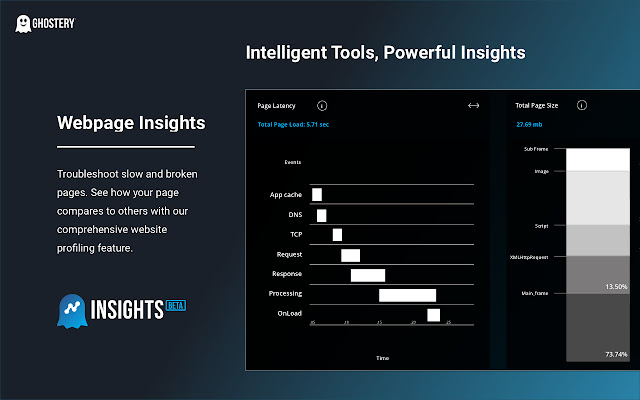
How to Choose the Right Gold Prop Trading Firm: Checklist and Red Flags
Ever dreamed of trading gold with serious capital but without risking your life savings? That’s the magic of prop trading firms — they stake the funds, you bring the skill. But the difference between a solid firm and a ticking time bomb is huge. Some are built to help traders grow; others are just fee farms with a fancy website. Spotting the difference is the line between building a career and burning money.
Finding your fit in the prop trading world isnt just about chasing low fees or big profit splits. Its about making sure the firms structure, culture, and credibility match your long-term trading goals — whether you’re scalping gold, running crypto strategies, or balancing a diversified portfolio across indices and commodities.
Why Gold Prop Trading Is So Popular
Gold is the old-school heavyweight of safe-haven assets — the thing investors run to when currencies wobble or geopolitics gets messy. In prop trading, that stability-plus-volatility combo is a sweet spot: liquid enough for intraday trading, volatile enough for juicy profits, yet backed by centuries of investor trust.
For traders, it’s not just about “buy low, sell high.” It’s about applying precise risk management, mastering global macro triggers, and leveraging a prop firm’s capital to ride trends without overexposing your own reserves. Add to that the 24-hour open markets via forex pairs (XAU/USD, anyone?), and gold becomes irresistible.
The Trader’s Checklist: What to Look for in a Gold Prop Firm
Track Record and Transparency
Reputable firms have nothing to hide. You should be able to find verifiable trading conditions, clear rules, and real trader testimonials. If a firm dodges questions about payouts or glosses over their funding sources, treat that as a strobe light warning.
Rule Structure and Flexibility
Some firms control position sizes like they’re locking down Fort Knox, others give traders freedom to run strategies across assets like forex, stocks, crypto, indices, and commodities. Make sure the rules let you diversify — gold often moves in sync or in opposition to assets like USD, oil, or Bitcoin. The best setups let you build correlations into your trades.
Fee vs. Value Equation
A low entry fee is nice, but hidden costs can eat into payouts. Check for evaluation phases that serve real purpose versus those that exist just to reset the challenge and collect more fees. A fair firm earns money when you do, not when you fail.
Risk Management Alignment
Some firms expect military precision on daily drawdowns, others focus more on max overall loss. Your style should align with their risk metrics, especially in gold trading where price spikes can blow through tight daily limits.
Red Flags You Can’t Ignore
- Over-the-top marketing promises: “Guaranteed funding in 7 days!” Rarely ends well.
- Opaque payout processes: If you cant see exactly when and how they pay, theres a reason.
- Unrealistic leverage: 1:500 on gold might sound exciting, but sustainable trading demands balance between opportunity and risk.
- No community or trader support: Silence can be as dangerous as bad rules; the best firms have active trader forums or live support.
The Bigger Picture: Industry Trends and the Future
Prop trading is evolving alongside the rest of finance. Decentralized finance (DeFi) brought with it the concept of borderless capital flows and on-chain verification of trades, but it’s battling regulatory uncertainty and the occasional smart contract failure. On the horizon, AI-driven trade execution, algorithmic gold strategies, and smart contract-based profit sharing will reshape how these firms operate.
Forward-looking prop firms already test multi-asset desks — integrating forex, equities, crypto, options, and commodities into unified platforms. That cross-market edge allows traders to hedge gold positions with stock indices or pair them with crypto swings, an approach that delivers resilience in volatile market cycles.
Playing the Long Game
The right gold prop trading firm is more than just a capital source; it’s your trading partner. It should give you room to adapt your strategy, provide tools for risk control, and align with your growth as the financial landscape shifts. A good fit amplifies your skill; a bad fit amplifies your mistakes.
Think of it this way: you’re not shopping for the biggest stage, you’re picking the one where your trading style becomes the headline act.
Slogan for the road: "Trade gold with brains, not luck — and with a prop firm built for traders, not traffic."
If you want, I can also help you add a short, catchy comparison table of good vs. bad prop firms — formatted for web readers — so you can hook people quickly before they scroll away. Do you want me to prepare that?



